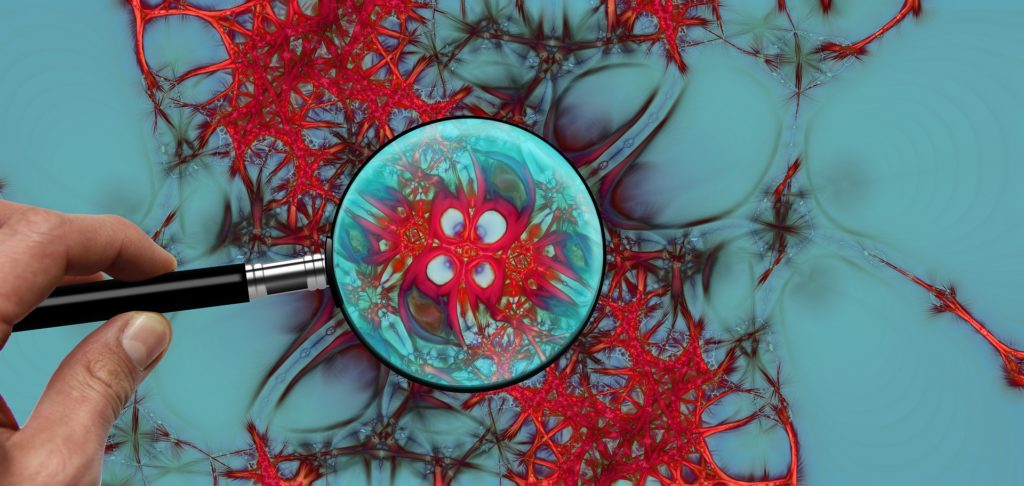Scientists warn that antidepressants used for chronic pain lack evidence of effectiveness CREDIT University of Southampton
- Largest ever investigation into antidepressants used for chronic pain shows insufficient evidence to determine how effective or harmful they may be
- Study reviewed commonly prescribed medications including amitriptyline, duloxetine, fluoxetine, citalopram, paroxetine, and sertraline
- One third of people globally are living with long-term pain with many prescribed antidepressants to relieve symptoms
Most antidepressants used for chronic pain are being prescribed with “insufficient” evidence of their effectiveness, scientists have warned.
A major investigation into medications used to manage long-term pain found that harms of many of the commonly recommended drugs have not been well studied.
The Cochrane review, led by scientists from several UK universities including Southampton and Newcastle, examined 176 trials consisting of nearly 30,000 patients involved in assessments which prescribed antidepressants for chronic pain.
Among the drugs studied were amitriptyline, fluoxetine, citalopram, paroxetine, sertraline, and duloxetine – with only the latter showing reliable evidence for pain relief. One third of people globally are living with chronic pain, World Health Organisation data shows, with many prescribed antidepressants for relieving symptoms.
Lead author Professor Tamar Pincus from the University of Southampton said: “This is a global public health concern. Chronic pain is a problem for millions who are prescribed antidepressants without sufficient scientific proof they help, nor an understanding of the long-term impact on health.
“Our review found no reliable evidence for the long-term efficacy of any antidepressant, and no reliable evidence for their safety for chronic pain at any point. Though we did find that duloxetine provided short-term pain relief for patients we studied, we remain concerned about its possible long-term harm due to the gaps in current evidence.”
Amitriptyline is one of the most commonly prescribed antidepressants for pain management worldwide. In the last 12 months, around ten million prescriptions were given to patients in England at the 10mg dose recommended for pain. By comparison, five million prescriptions were given at the higher doses recommended for depression.
For duloxetine, three and a half million prescriptions were dispensed in England, but the recommended doses do not currently differ between conditions.
The two-year Cochrane study was the largest ever assessment of antidepressants recommended by leading bodies including the UK’s National Institute for Health and Care Excellence (NICE) and the Food and Drug Administration (FDA) in the USA.
Statistician Gavin Stewart, review co-author from Newcastle University, said: “We are calling on governing health bodies NICE and the FDA to update their guidelines to reflect the new scientific evidence, and on funders to stop supporting small and flawed trials. Evidence synthesis is often complex and nuanced but the evidence underpinning the use of these treatments is not equivalent, so current treatment modalities are hard to justify.”
The review revealed that duloxetine was consistently the highest-rated medication and was equally as effective for fibromyalgia, musculoskeletal, and neuropathic pain conditions.
Other results showed:
- Standard doses of duloxetine are as successful for reducing pain as higher quantities,
- Milnacipran was also effective at reducing pain, but scientists are not as confident as duloxetine due to fewer studies with fewer people.
Prof Tamar Pincus added: “We simply cannot tell about other antidepressants because sufficiently good studies are not available – but it does not mean that people should stop taking prescribed medication without consulting their GP.”
Scientists responsible for the review, funded by the NIHR’s Health Technology Assessment programme, were from the universities of Southampton, Newcastle, Bristol, UCL, Bath, and Keele, alongside Oxford University Hospital.
The team assessed the trials using a statistical method that enables researchers to combine data from relevant studies to estimate the effects of different drugs, which have not been compared directly in individual trials.
University of Southampton researcher Dr Hollie Birkinshaw said: “Though previous investigations show that some antidepressants might relieve pain, there has never been a comprehensive study examining all medications across all chronic conditions – until now.
“The only reliable evidence is for duloxetine. Adopting a person-centred approach is critical to treatment, and when patients and clinicians decide together to try antidepressants they should start from the drug for which there is good evidence.”

